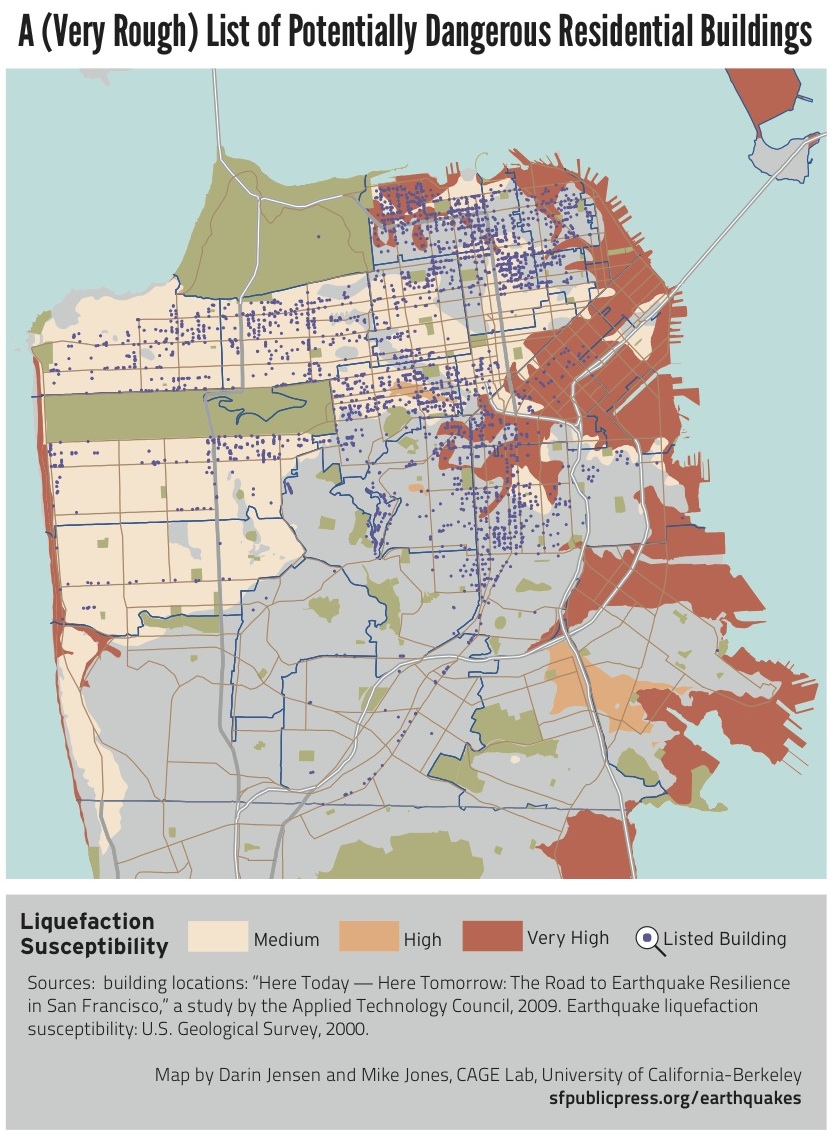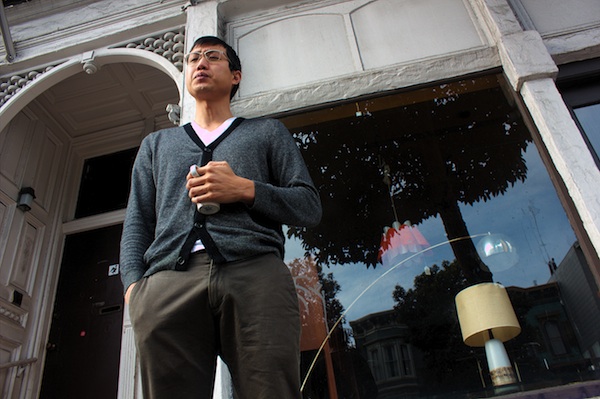Two years into operation, the city’s seismic retrofit program is finding some success: Almost all of the targeted buildings’ owners have had them inspected. Only 18 scofflaws remain.
But even for most of the compliant owners, the hard part is yet to come: They will need to retrofit their “soft-story” wood-frame buildings.
These buildings, sometimes a century old, have first floors that are weak because they contain a garage, a business or large window gaps in the load-bearing walls. The upper floors are almost entirely apartments. The city hasn’t targeted one- and two-family buildings or those framed with materials other than wood.
As of Wednesday, the owners of 6,666 buildings had followed the law, and most have been assigned a retrofit deadline.

At a public hearing Tuesday at the Department of Building Inspection, one of the lagging building managers, who refused to give his name to the San Francisco Public Press, said he had not submitted his screening form because he’d been able to find only “questionable” retrofit companies. “Many of them couldn’t even spell ‘soft-story’; they’d think it had an ‘e’ in it.”

